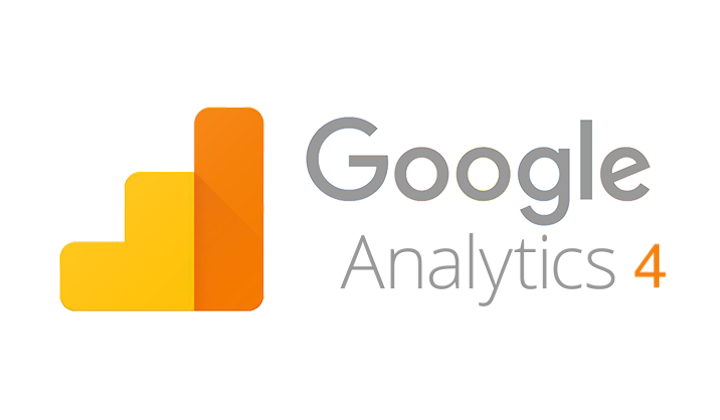
Digital marketers have long relied on Google Analytics to understand website traffic, user behavior, and campaign performance. But with Universal Analytics (UA) officially sunset in July 2023, Google Analytics 4 (GA4) is now the default—and only—option. And it’s not just an update; it’s a whole new way of thinking about analytics.
If you’re still adjusting or just getting started with GA4, this guide breaks down what you need to know to make it work for your business.
🚀 Why GA4 Replaces Universal Analytics
Unlike Universal Analytics, which was session-based and focused on pageviews, GA4 is event-driven. That means every interaction—clicks, scrolls, form submissions, video plays—is treated as a customizable “event,” giving marketers a more flexible and detailed look at the user journey.
Key Benefits of GA4:
- ✅ Cross-platform tracking (web + apps)
- ✅ Enhanced user journey insights
- ✅ Event-based data model
- ✅ Machine learning-powered insights
- ✅ Built-in privacy and cookieless tracking prep
🧠 GA4 Core Concepts Marketers Must Understand
1. Event-Driven Tracking
In GA4, everything is an “event”—even page views. You can define custom events that reflect key user actions on your site, like clicking a CTA button or downloading a PDF.
Tip: Use Google Tag Manager to configure custom events without needing a developer.
2. Engagement Metrics Replaced Bounce Rate
Instead of bounce rate, GA4 focuses on Engaged Sessions—sessions lasting 10+ seconds, involving 1+ conversion events, or having 2+ pageviews.
This offers a more meaningful metric to assess user interest.
3. Exploration Reports
GA4’s Explorations (found under the “Explore” tab) let you create custom, drag-and-drop reports using funnels, pathing, and segments. It’s perfect for visualizing user flows and conversion paths.
4. Audience Building for Retargeting
You can create highly granular audiences based on user behavior—like “Visited product page but didn’t check out.” These audiences can be sent to Google Ads for targeted remarketing.
5. Predictive Metrics
GA4 uses machine learning to predict future actions, such as:
- Purchase probability
- Churn probability
- Predicted revenue
These metrics help you prioritize users more likely to convert.
🔧 How to Get Started with GA4 (Quick Checklist)
- Set Up GA4 Property
Create a new GA4 property if you haven’t already. - Install the GA4 Tracking Code
Use Google Tag Manager or directly insert the GA4 tag into your site header. - Define Key Events
Identify the actions that matter most (like leads, purchases, or sign-ups) and track them as conversion events. - Link to Google Ads
Connect your GA4 and Google Ads accounts for better attribution and remarketing. - Set Up Custom Reports
Tailor your Explorations and dashboards to match your KPIs.
❓Common Questions About GA4
👉 Is GA4 harder to use than Universal Analytics?
Yes and no. GA4 has a learning curve, but it’s far more powerful once you get used to it—especially for analyzing user journeys and behaviors across platforms.
👉 Do I lose historical data from UA?
Yes, GA4 does not import data from Universal Analytics. That’s why it’s important to export your old reports now before they’re deleted.